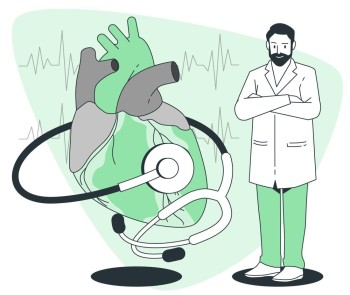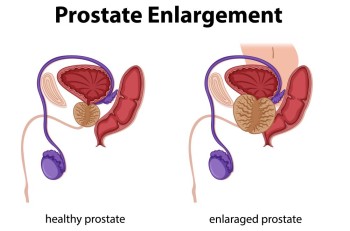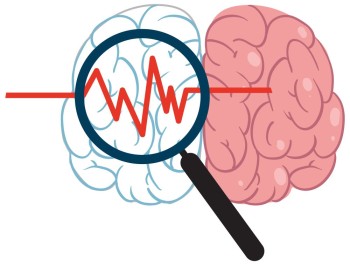
The field of medical imaging has witnessed remarkable advancements, with MRI Brain Cisternography emerging as a valuable diagnostic tool.
MRI Brain
Cisternography with Cost
MRI Brain Cisternography: Unveiling the Intricacies of Neural Imaging
The field of medical imaging has witnessed remarkable advancements, with MRI Brain Cisternography emerging as a valuable diagnostic tool. This article delves into the details of this innovative procedure, exploring its significance, procedure, benefits, and real-life impact on patients.
1. Introduction
Medical science has continuously evolved, providing us with sophisticated tools to delve into the intricacies of the human body. MRI Brain Cisternography is a prime example of how technology has revolutionized neuroimaging, offering detailed insights into the brain's cisterns.
2. What is MRI
Brain Cisternography?
2.1. Understanding the Cisterns of the Brain
Before delving into the specifics of MRI Brain Cisternography, it's crucial to comprehend the role of cisterns in the brain. These cerebrospinal fluid-filled spaces are vital for the brain's protection and proper functioning.
2.2. Importance of MRI in Cisternography
MRI, or Magnetic Resonance Imaging, plays a pivotal role in cisternography by providing high-resolution images that enable clinicians to assess the cisterns' structure and detect abnormalities.
3. Procedure of MRI Brain Cisternography
3.1. Preparation
Patients undergoing MRI Brain Cisternography need to prepare adequately for the procedure. This involves providing relevant medical history and ensuring the absence of metallic objects.
3.2. Imaging Process
The actual imaging process involves lying down in the MRI machine while the scanner captures detailed images of the brain's cisterns. It's a non-invasive procedure that ensures patient comfort.
3.3. Duration and Comfort
One of the advantages of MRI Brain Cisternography is its relatively short duration, typically lasting around 30 to 60 minutes. The procedure is comfortable, and patients are guided by medical professionals throughout.
4. Benefits of MRI Brain Cisternography
4.1. Detection of Abnormalities
MRI Brain Cisternography excels in detecting abnormalities within the cisterns, aiding in the early diagnosis of various neurological conditions.
4.2. Non-invasiveness
Unlike some diagnostic procedures, MRI Brain Cisternography is non-invasive, eliminating the need for surgical interventions while providing detailed and accurate results.
4.3. Accuracy and Precision
The high precision and accuracy of MRI Brain Cisternography contribute significantly to its diagnostic value, allowing for targeted and effective treatment plans.
5. Common Conditions Diagnosed by MRI Brain Cisternography
5.1. Arachnoid Cysts
Arachnoid cysts, often challenging to diagnose, can be effectively identified through MRI Brain Cisternography, guiding neurosurgeons in their approach to treatment.
5.2. Meningiomas
MRI Brain Cisternography proves invaluable in detecting meningiomas, tumors arising from the meninges, aiding in timely intervention and management.
5.3. Chiari Malformation
Patients with Chiari malformation benefit from the detailed images provided by MRI Brain Cisternography, facilitating precise surgical planning.
6. Risks and Limitations
6.1. Contrast Agent Concerns
While generally safe, the use of contrast agents in MRI Brain Cisternography may raise concerns, necessitating careful consideration of patients' medical history and allergies.
6.2. Claustrophobia and MRI
Individuals prone to claustrophobia may find the enclosed MRI machine challenging. Open MRI alternatives are available to accommodate such patients.
7. How to Prepare for MRI Brain Cisternography
7.1. Preparing for the Appointment
Preparation involves informing healthcare providers about existing health conditions, medications, and any previous adverse reactions to contrast agents.
7.2. What to Expect During the Procedure
Patients can expect a calm and guided experience during the procedure, with medical professionals ensuring their comfort and addressing any concerns.
8. Post-Procedure Care and Follow-up
8.1. Recovery Time
Recovery after MRI Brain Cisternography is swift, with patients resuming normal activities shortly after the procedure.
8.2. Discussion of Results
After the imaging, healthcare providers discuss the results with patients, providing clarity on any identified issues and outlining the recommended course of action.
9. Comparison with Other Imaging Techniques
9.1. CT Scan vs. MRI Brain Cisternography
Comparing MRI Brain Cisternography with CT scans reveals the superiority of MRI in terms of image resolution and its ability to capture soft tissue details.
9.2. Importance of MRI in Specific Cases
In specific cases, such as neurological conditions, MRI stands out as the preferred imaging modality due to its ability to offer comprehensive insights.
10. Future Developments in MRI Technology
10.1. Advancements in Image Resolution
Ongoing research is dedicated
to enhancing MRI technology, ensuring advancements in image resolution for more
precise diagnostics. Explore the evolving landscape of MRI Brain Cisternography
as technology continues to unveil new horizons in neuroimaging.
(0)
Login to continue



